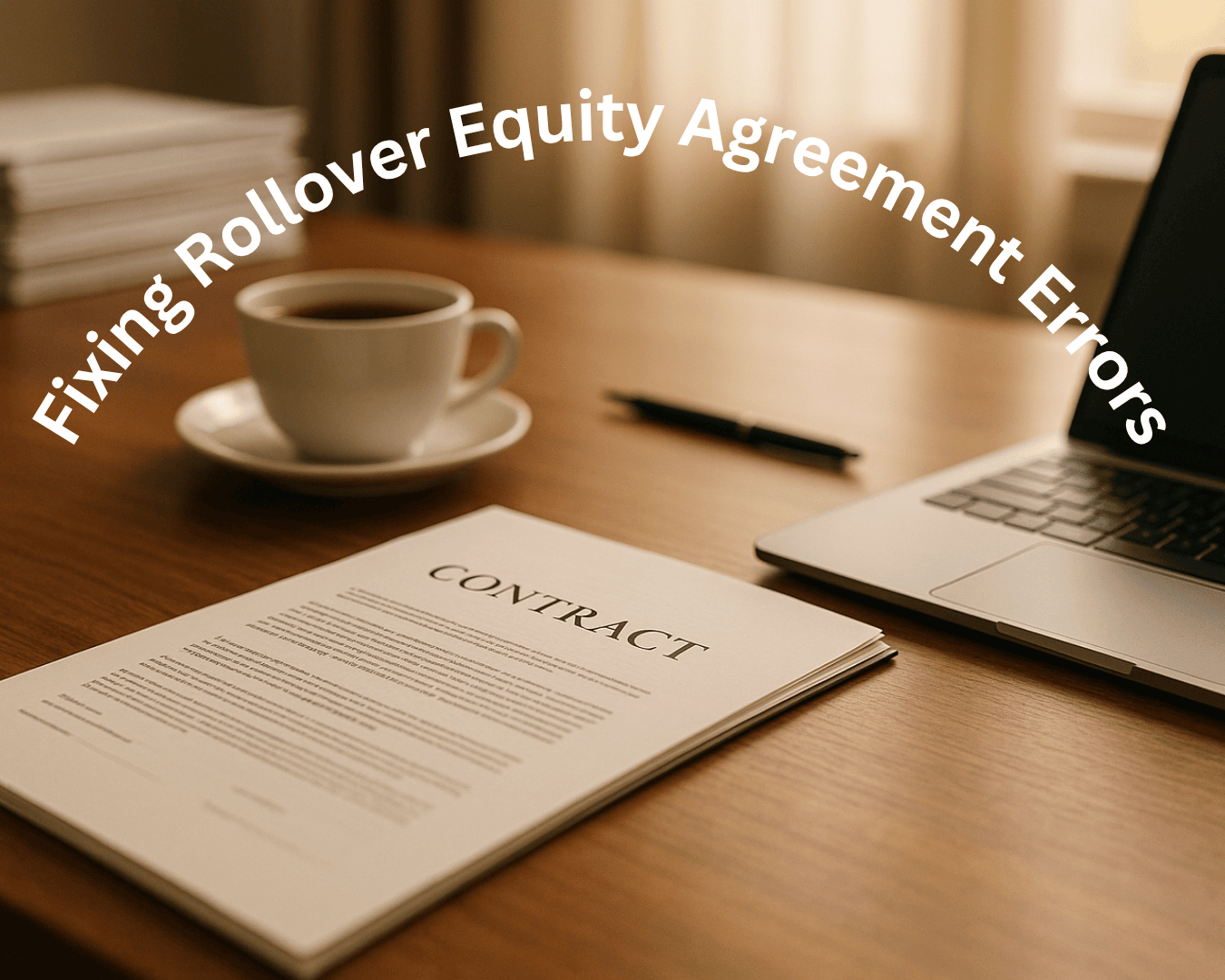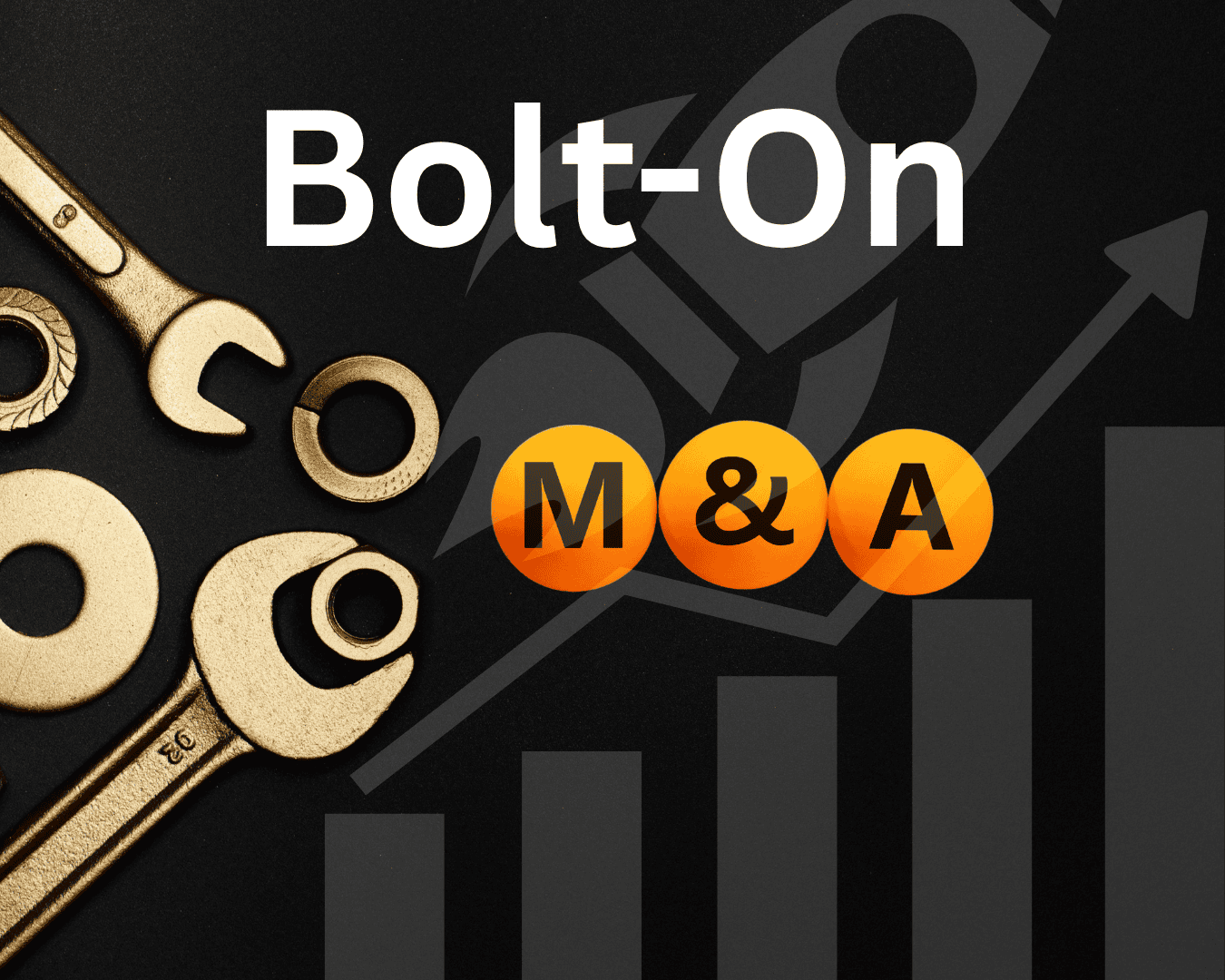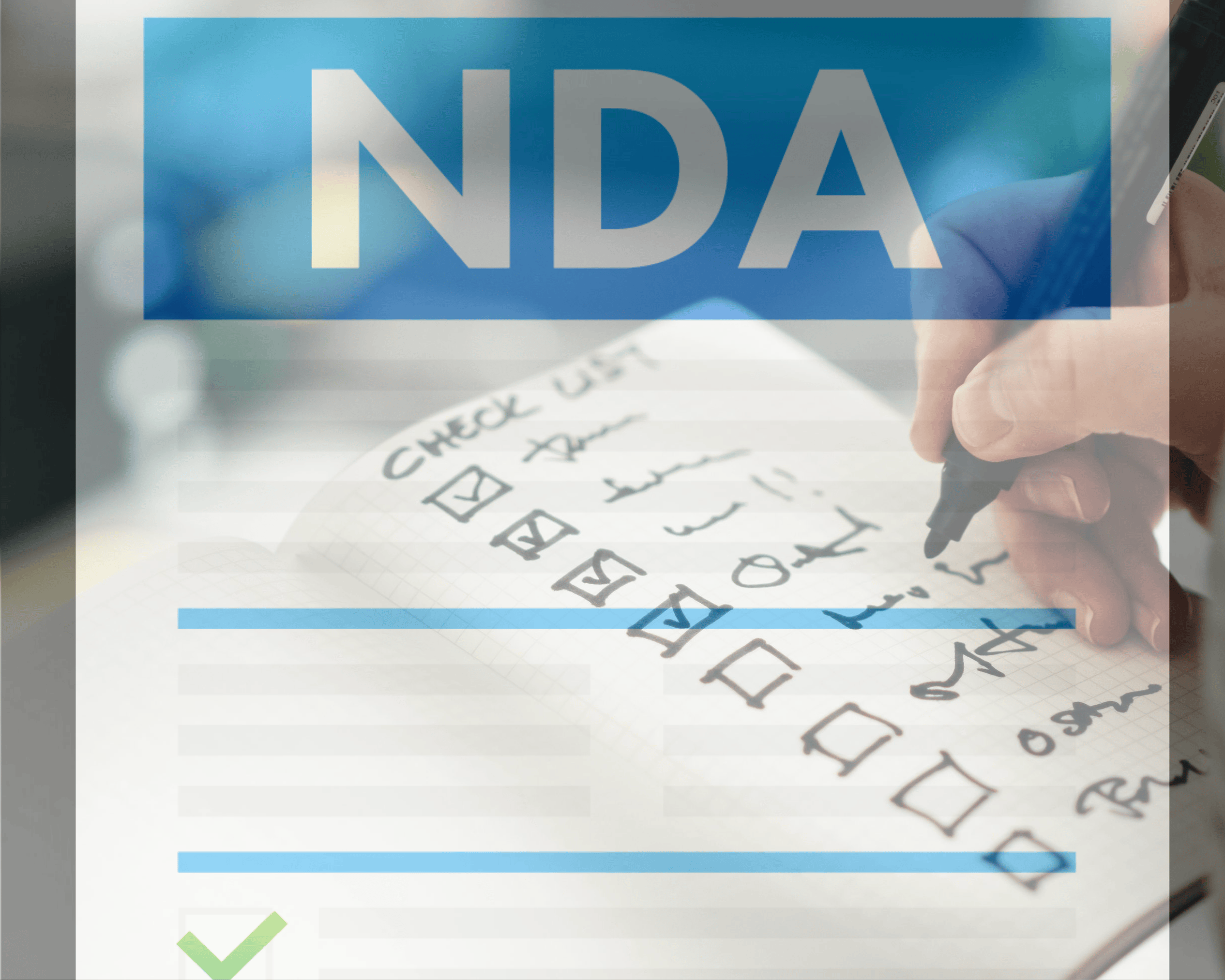Buying a family-owned business is different. Why? Because it’s not just about numbers - it’s about values, traditions, and relationships. Here’s what you need to know upfront:
- Key Challenges: Emotional ties, employee loyalty, customer relationships, and informal processes can complicate transitions.
- Value Alignment: Buyers must respect family traditions while modernizing operations. Focus areas include business identity, employee retention, and customer loyalty.
- Strategies: Use cultural audits, operational reviews, and stakeholder analysis to identify gaps and align values.
- Post-Deal Plan: Gradual leadership transitions, clear communication, and preserving core traditions ensure long-term success.
Bottom line: To make the acquisition work, balance respect for the family’s legacy with updates for growth. Start with understanding their values - it’s the key to a smooth transition.
Family Business Core Elements
Common Family Business Characteristics
Family-owned businesses stand out due to unique traits that influence their operations and culture. These businesses are often guided by family values, where decisions are shaped by more than just profit. Personal reputation and relationships among family members play a significant role in business interactions.
Some key traits include:
- Multi-generational involvement: Leadership transitions can be complicated, impacting long-term stability.
- Relationship-driven operations: Trust-based relationships with customers and suppliers often take precedence over formal contracts.
- Long-term perspective: These businesses focus on steady growth and stability rather than short-term profits.
- Community integration: They often maintain strong local ties and participate in charitable activities.
These characteristics often lead to unique challenges, especially when navigating acquisitions.
Main Acquisition Hurdles
The distinct nature of family-owned businesses creates specific challenges that require careful handling during acquisitions.
-
Emotional Attachments
Emotional connections can complicate the acquisition process:- Family members may struggle to let go of control.
- Long-standing practices, even inefficient ones, may be fiercely defended.
- Emotional ties can lead to subjective valuations.
-
Stakeholder Management
Family businesses often involve a diverse group of stakeholders, making transitions more complex:Stakeholder Group Common Challenges Impact on Acquisition Family Employees Concerns over role retention Resistance to operational changes Long-term Customers Strong personal relationships with the family Risk of losing customers during transition Community Partners Deep-rooted local commitments Need to maintain local goodwill Legacy Suppliers Informal agreements Potential renegotiation of terms -
Operational Transition Challenges
Shifting operations in a family business can be tricky:- Heavy reliance on undocumented, informal knowledge can slow the transition.
- Decision-making processes may need to be formalized.
- Outdated systems often need upgrades without disrupting operations.
- Employee loyalty may waver during ownership changes.
Successfully acquiring a family business requires balancing necessary changes with preserving key legacy elements. Understanding these core characteristics and challenges is crucial for crafting a transition strategy that aligns with both business goals and the family's values.
Pre-Deal Value Assessment
Measuring Value Compatibility
Evaluating how well an acquirer and a family business align in values involves examining both measurable and less obvious factors. This process helps uncover potential conflicts early, giving buyers time to address them before closing the deal.
Key areas to focus on include:
- Core Business Philosophy: Understand beliefs about operations, growth, and customer relationships.
- Decision-Making Culture: Compare problem-solving methods and planning strategies.
- Employee Relations: Review management styles and how employees are engaged.
- Community Engagement: Look at social responsibility efforts and commitments to local communities.
By identifying these areas, buyers can use the right tools to gather useful insights. Addressing gaps between current practices and future goals can help avoid surprises and ensure smooth integration.
Assessment Methods
A detailed evaluation of these value factors requires structured tools and processes:
| Assessment Type | Purpose | Key Components |
|---|---|---|
| Cultural Audit | Examine values and organizational practices | - Leadership interviews - Employee surveys - Policy reviews |
| Operational Review | Analyze workflows and systems | - Workflow analysis - Technology review - Performance metrics |
| Stakeholder Analysis | Understand relationships and expectations | - Customer interviews - Supplier feedback - Community impact studies |
1. Document Informal Practices
Capture unwritten rules by observing daily operations, conducting informal employee interviews, and reviewing past decisions.
2. Evaluate Communication Patterns
Analyze both formal and informal communication methods to identify potential integration hurdles.
3. Analyze Value Metrics
Use metrics like employee retention, customer satisfaction, supplier loyalty, and community involvement to gauge value alignment.
Collaboration between both parties during this phase is essential. Regular updates can help spot major issues early, saving time and resources. These findings play a key role in shaping integration strategies and ensuring a smooth transition when ownership changes hands.
The next section will explore specific methods for aligning values based on these insights.
Value Alignment Methods
Finding Common Ground
Aligning values begins with identifying shared principles between the acquiring company and the family business. Look for natural overlaps in areas such as:
- Customer-First Approach: Document customer service practices and retention strategies.
- Employee Development: Compare training programs and career growth opportunities.
- Quality Standards: Review quality control processes and performance metrics.
- Innovation Philosophy: Assess each organization’s approach to technology and process improvements.
Use structured discussions, like workshops or planning sessions, to highlight shared priorities and pinpoint alignment opportunities. Once shared values are clear, address any gaps in a systematic way.
Resolving Value Differences
When values don’t align perfectly, a clear plan is essential. The table below outlines a step-by-step approach to address differences:
| Resolution Stage | Key Activities | Expected Outcomes |
|---|---|---|
| Initial Assessment | Map values and identify gaps | Clear understanding of differences |
| Dialogue Phase | Host discussions with stakeholders | Areas of compromise identified |
| Action Planning | Develop specific integration steps | A clear roadmap for implementation |
| Monitoring | Track progress through check-ins | Measurable improvements achieved |
Keep communication open and respect existing practices to ensure a balanced integration process.
Maintaining Business Heritage
After resolving value differences, it’s crucial to protect the company’s heritage while introducing new practices. Here’s how:
1. Document Core Traditions
Create a detailed record of key traditions, including their history and importance. This helps ensure cultural elements are preserved during the transition.
2. Develop a Heritage Integration Plan
Craft strategies to maintain essential traditions while updating operations. For example, keep effective customer practices and community ties intact.
3. Engage Stakeholders
Involve key family members and long-term employees in the process. Their input can help maintain continuity while incorporating necessary changes.
"Turning my dream of entrepreneurship into a reality... My experience with Clearly Acquired has been as a prospective buyer of a small business in the Colorado market. As someone working on the acquisition of my first company, I don't think it would be possible without the help I have received - and continue to receive - from their team." - Derrick Weidenaar
For buyers tackling this complex process, modern tools can simplify value alignment. Platforms like Clearly Acquired provide verified business listings and detailed data rooms, making it easier to assess values and create effective integration plans.
Balancing modernization with tradition is key to successful value alignment. By prioritizing open communication, thorough assessments, and preserving core values, buyers can build a strong foundation for long-term success while respecting the legacy of the family business.
Secrets To Successful Family Business Succession: Chastang ...

sbb-itb-a3ef7c1
Post-Deal Integration Steps
After pre-deal assessments and aligning on shared goals, a focused post-deal integration is crucial to ensure smooth operations and maintain continuity.
Integration Planning
Merging a family-owned business requires a well-structured integration plan.
Timeline Development
- First 30 days: Stabilize essential systems.
- Days 31-90: Introduce process improvements.
- Days 91-180: Roll out strategic initiatives.
- Beyond 180 days: Focus on ongoing enhancements.
Key Focus Areas
- Merging technology systems and migrating data.
- Aligning financial reporting practices.
- Standardizing employee benefits.
- Updating customer service protocols.
- Managing vendor relationships.
A detailed roadmap ensures clear communication and effective implementation of changes.
Communication Guidelines
Open and consistent communication is critical during integration. Use a structured approach:
| Audience | Frequency | Topics Covered | Format |
|---|---|---|---|
| Leadership Team | Weekly | Strategic updates, progress | In-person meetings |
| Department Heads | Bi-weekly | Operational updates, team feedback | Virtual conferences |
| All Employees | Monthly | Company updates, success stories | Town halls, newsletters |
| Key Customers | Quarterly | Service updates, relationship focus | Personal outreach |
Operations Management
Balancing current operations with new strategies is key to maintaining performance.
1. System Integration Approach
Adopt new technology gradually, starting with non-customer-facing areas to avoid disruptions. Retain effective manual processes where necessary.
2. Documenting Processes
Map out current workflows, focusing on:
- Core business activities.
- Key performance metrics.
- Quality control measures.
- Customer service expectations.
3. Performance Tracking
Set up systems to monitor:
- Daily operational metrics.
- Customer satisfaction scores.
- Employee engagement levels.
- Financial performance indicators.
To ensure stability, establish clear decision-making processes that blend the expertise of new management with the deep knowledge of the family business. Use specialized tools to centralize documentation and track progress.
Keep in mind that family businesses often require more time to adapt due to their established routines and relationships. Plan for a longer transition to accommodate these unique challenges.
Leadership Structure Changes
New Management Framework
The new decision-making structure is designed to retain valuable institutional knowledge while improving how the organization operates on a daily basis.
Key Decision Areas:
- Strategic Planning: Board-level decisions reviewed quarterly.
- Operational Management: Oversight of daily business operations and team performance.
- Financial Controls: Monitoring budgets and financial performance.
- Customer Relations: Managing service quality and client relationships.
Governance Structure:
| Level | Responsibilities | Meeting Frequency | Decision Authority |
|---|---|---|---|
| Board of Directors | Sets strategic direction and oversees major investments | Monthly | Approves key decisions for large investments |
| Executive Team | Manages business units and allocates resources | Weekly | Handles operational decisions within budget limits |
| Department Heads | Leads teams and executes projects | Daily | Makes daily budget decisions within their scope |
The next step is to determine how family members can contribute effectively within this updated framework.
Family Member Positions
Family members' roles should be aligned with their skills, experience, and the company's needs. This approach ensures their unique perspectives are utilized while supporting professional development.
Position Assessment Criteria:
- Skills Evaluation: Match individual strengths to role requirements.
- Business Impact: Determine how each role supports company goals.
- Development Potential: Identify areas for growth and improvement.
- Cultural Influence: Consider how relationships and dynamics affect team cohesion.
Leadership Transition Plan
A phased timeline will guide the transition to new leadership, balancing structure with flexibility.
Phase 1: Initial Assessment (Months 1-3)
- Map out current roles and responsibilities.
- Identify key business relationships.
- Document essential leadership handover details.
Phase 2: Gradual Transition (Months 4-9)
- Introduce a parallel leadership structure.
- Launch mentoring programs for knowledge transfer.
- Begin cross-training initiatives to build team versatility.
Phase 3: Full Implementation (Months 10-18)
- Finalize the leadership handover process.
- Confirm reporting structures and refine workflows.
Key Success Factors:
- Maintain open communication throughout the process.
- Thoroughly document institutional knowledge for continuity.
- Offer leadership development resources.
- Keep an eye on team morale and engagement.
- Regularly evaluate progress and make adjustments as needed.
The goal is to create an environment that respects the family business legacy while embracing professional management practices. Regular feedback and flexibility will help ensure a smooth transition and operational stability. These leadership updates align with earlier strategies to maintain seamless operations.
Acquisition Support Resources
Acquisition support resources help connect the dots between pre-deal evaluations and post-deal integration, ensuring that values stay aligned throughout the transition.
Clearly Acquired Platform Features

This platform simplifies the process of acquiring family-owned businesses while keeping value alignment at the forefront. Its advanced search tools allow buyers to find businesses that align with their goals and principles.
Key Platform Features:
| Feature | Purpose | Business Value |
|---|---|---|
| AI-Powered Search | Matches businesses to specific buyer criteria | Helps locate family businesses that align with buyer values |
| Interactive Dashboards | Tracks deal progress and metrics | Ensures transparency during negotiations |
| Verified Listings | Pre-screened opportunities | Guarantees quality and reliability of listings |
| Data Room Access | Secure document sharing | Protects sensitive business information |
| Automated NDA System | Simplifies confidentiality agreements | Preserves family legacy during due diligence |
In addition to these tools, the platform provides buyers with access to extensive training and educational resources.
Buyer Training Resources
The platform offers courses tailored to the nuances of family business acquisitions, access to a network of over 125 specialized advisors [1], and live coaching sessions to assist with deal structuring. This blend of cutting-edge technology and expert guidance helps ensure smooth transitions for family-owned businesses.
"Turning my dream of entrepreneurship into a reality... My experience with Clearly Acquired has been as a prospective buyer of a small business in the Colorado market. As someone working on the acquisition of my first company, I don't think it would be possible without the help I have received - and continue to receive - from their team." - Derrick Weidenaar
Additionally, the platform offers financing options specifically designed for acquiring family businesses.
Financing Options
The platform provides financing solutions tailored to the unique needs of family business acquisitions. With over $6.5M in business sales handled monthly [1], it has proven its ability to support substantial transactions.
Financing Solutions:
| Type | Features | Best For |
|---|---|---|
| SBA Loans | Government-backed funding | Larger acquisitions involving real estate |
| Equipment Financing | Asset-based lending | Businesses reliant on heavy equipment |
| Lines of Credit | Flexible working capital | Seasonal family operations |
| Commercial Loans | Traditional bank financing | Established businesses with strong financials |
| Partner Buyouts | Structured financing options | Gradual ownership transitions |
The platform's network of lenders is experienced in navigating the financial intricacies of family-owned businesses, with over 65 million users benefiting from its resources [1].
Conclusion
Aligning values during family-owned business acquisitions takes a mix of modern tools, professional expertise, and respect for family traditions. The secret to a smooth process is keeping the core values of the family business intact.
Here are three key elements that lead to success:
- Technology Integration: Modern tools, like advanced search features and secure data rooms, make due diligence faster and more efficient.
- Expert Guidance: Advisors and specialized training help tackle both the technical and emotional aspects of acquisitions.
- Financial Planning: Custom financing solutions ensure the legacy is preserved while supporting growth opportunities.
Preparation, clear communication, and smart resource management play a big role in making these transitions work. By focusing on aligning values, buyers can preserve the essence of family businesses while making room for growth and improvement.
"The Clearly Acquired Platform delivers powerful tools - advanced search, interactive dashboards, and messaging - to streamline acquisitions and empower users with clarity and efficiency." - Clearly Acquired Website
Family business transitions require a balance between honoring the past and embracing the future. With the right planning, technology, and expert advice, buyers can respect the legacy while paving the way for long-term success.



















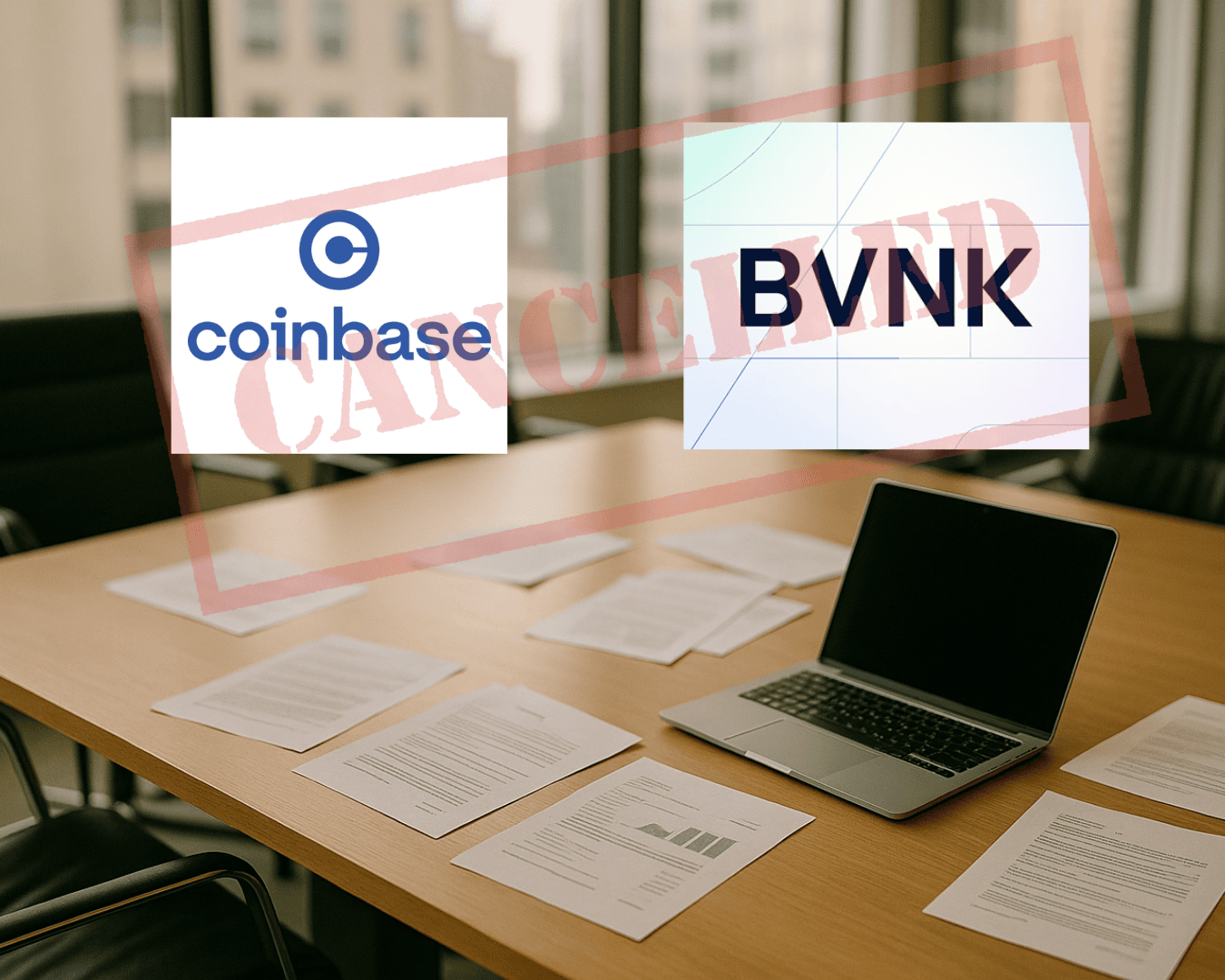









.png)




























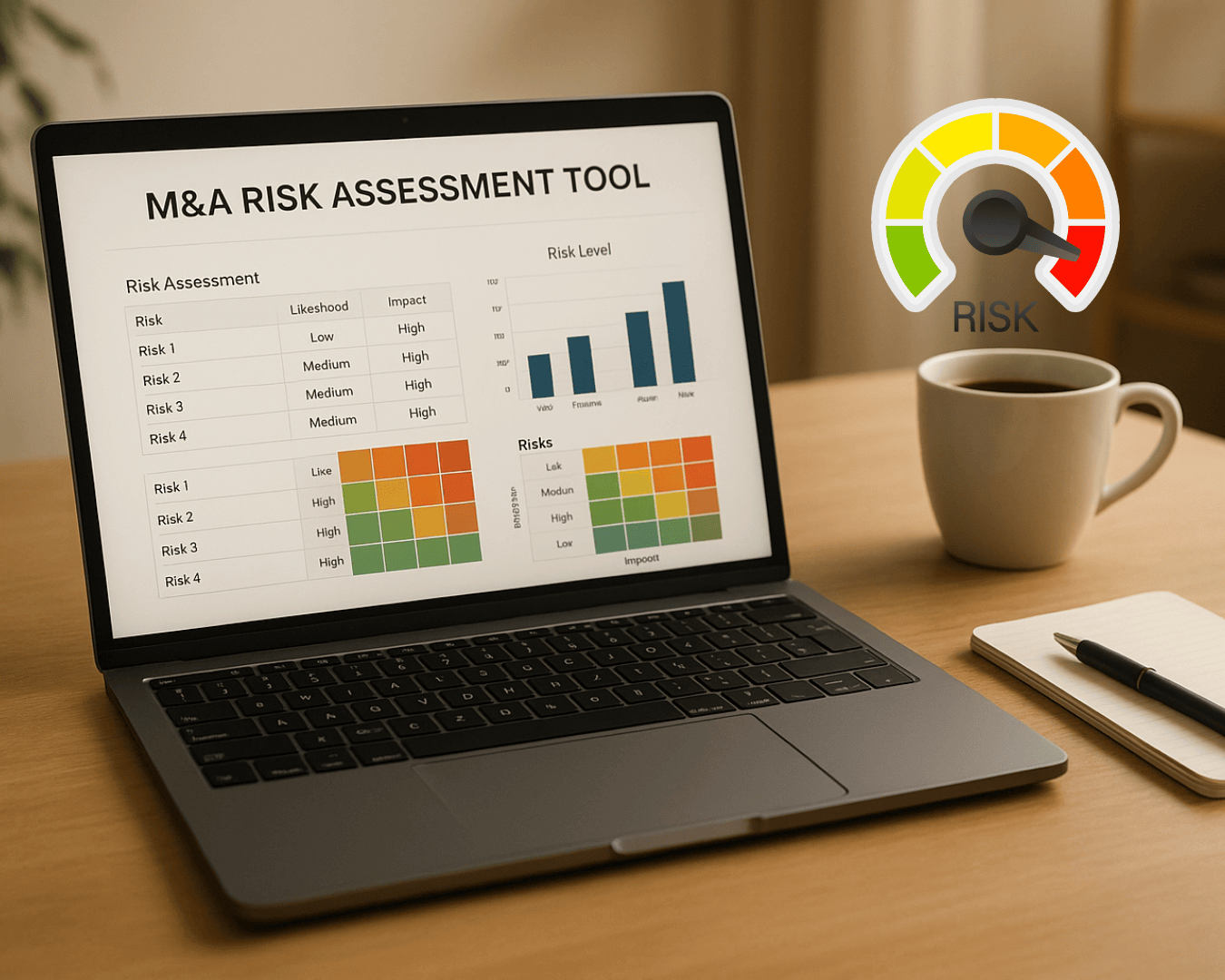











%20Loan%20Application%20Checklist.png)
